
1300 722 206
Contact Us
Our experienced osteopaths are dedicated to helping you understand and manage your pelvic pain. Our aim is to support your body’s self-healing capacity and equip you with the knowledge needed to effectively manage your recovery.
Osteopathy takes a whole-body approach to health and focuses on the importance of the movement for a person’s health and well-being. Osteopaths look at how the skeleton, joints, muscles, nerves, connective tissue and internal organs all function as a whole to promote movement and recovery.
Our aim is to identify and address any triggers to your pain in your musculoskeletal system. We use gentle manual therapy (no joint manipulation), pain education and home exercises including stretches and nerve glides.
Our osteopaths use a gentle treatment approach appropriate for all ages and those with complex medical conditions. Osteopaths see people for many conditions including:
At WHRIA, we have a particular experience in the treatment and management of pelvic girdle pain, pudendal neuralgia and complex pelvic pain (including non-binary and men), and pain arising during or after pregnancy.
Osteopaths, Liz Howard and Amy Corcoran have many years of pelvic pain experience at WHRIA. They have developed a simple treatment protocol for pudendal neuralgia and pelvic girdle pain. We now teach this method throughout Australia to allied health practitioners. If your allied health practitioner is interested please click here for details.
Breast cancer treatment can result in pain, significant scarring, adhesions, fibrous tissue, hard and lumpy breasts, rippled or contracted breast implants. Gentle osteopathic techniques are well-suited to breast cancer patients before radiation, after surgery, during chemotherapy and beyond. We communicate and work with your oncologist, surgeon and treatment team. Liz and Amy assist patients with the Sydney Breast Clinic, on the same floor as WHRIA in Sydney’s CBD.
If you have a specific enquiry for our WHRIA Osteopaths
Click HereIn Australia, Osteopaths are government-registered practitioners with AHPRA (Australian Health Practitioner Regulation Agency) and complete five years of full-time university training in Medical and Osteopathic Sciences to obtain a double Bachelor or Masters qualification.
Osteopaths are primary health care practitioners and are trained to perform clinical examinations of the musculoskeletal, cardiovascular, respiratory and nervous systems. They are also trained to recognise conditions that require medical attention.
All osteopaths at WHRIA, Amy Corcoran and Liz Howard, are members of Osteopathy Australia. For more details on our individual osteopaths, please see the Our Team section of this website.

Our registered Osteopaths at WHRIA are also members of Osteopathy Australia.
You should allow one hour for your initial consultation, and wear comfortable, loose clothing as some disrobing may be required.
You should bring with you any relevant X-rays, scans and medical reports.
The initial consultation will include a thorough discussion of your medical history, a clinical examination and subsequent treatment if needed. Your physical examination involves postural assessment, observations of movement, range of motion testing, assessing muscular tension/weakness, relevant orthopaedic and neurological testing.
We believe it is important that you play a central and active role in formulating your recovery plan. We’ll work closely with you and your medical team to make sure you understand how and why we make our recommendations so that you can make the most informed decision possible.
Treatment will involve hands-on techniques that aim to restore normal joint motion, improve muscular tone/function and relieve pain.
Post-treatment care is tailored to your specific needs and may address postural and ergonomic factors, relaxation strategies and stretching and strengthening exercises.
No, you do not need a referral to make an appointment. However, if you have been diagnosed with a chronic medical condition and are eligible for Chronic Disease Management (CDM) assistance, your GP can provide you with a special referral form for Medicare and private health fund rebates.
If you’d like more information about our osteopathy services you can download the health information fact sheets below:
You can also visit the Osteopathy Australia website.
If you would like to make a specific enquiry, you can email [email protected] with ‘Osteopathic enquiry’ in the subject line.
If you have a specific enquiry for our WHRIA Osteopaths
Click Here
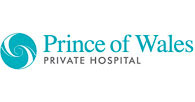

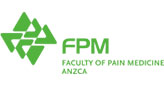
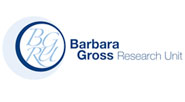
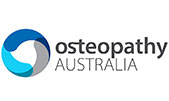


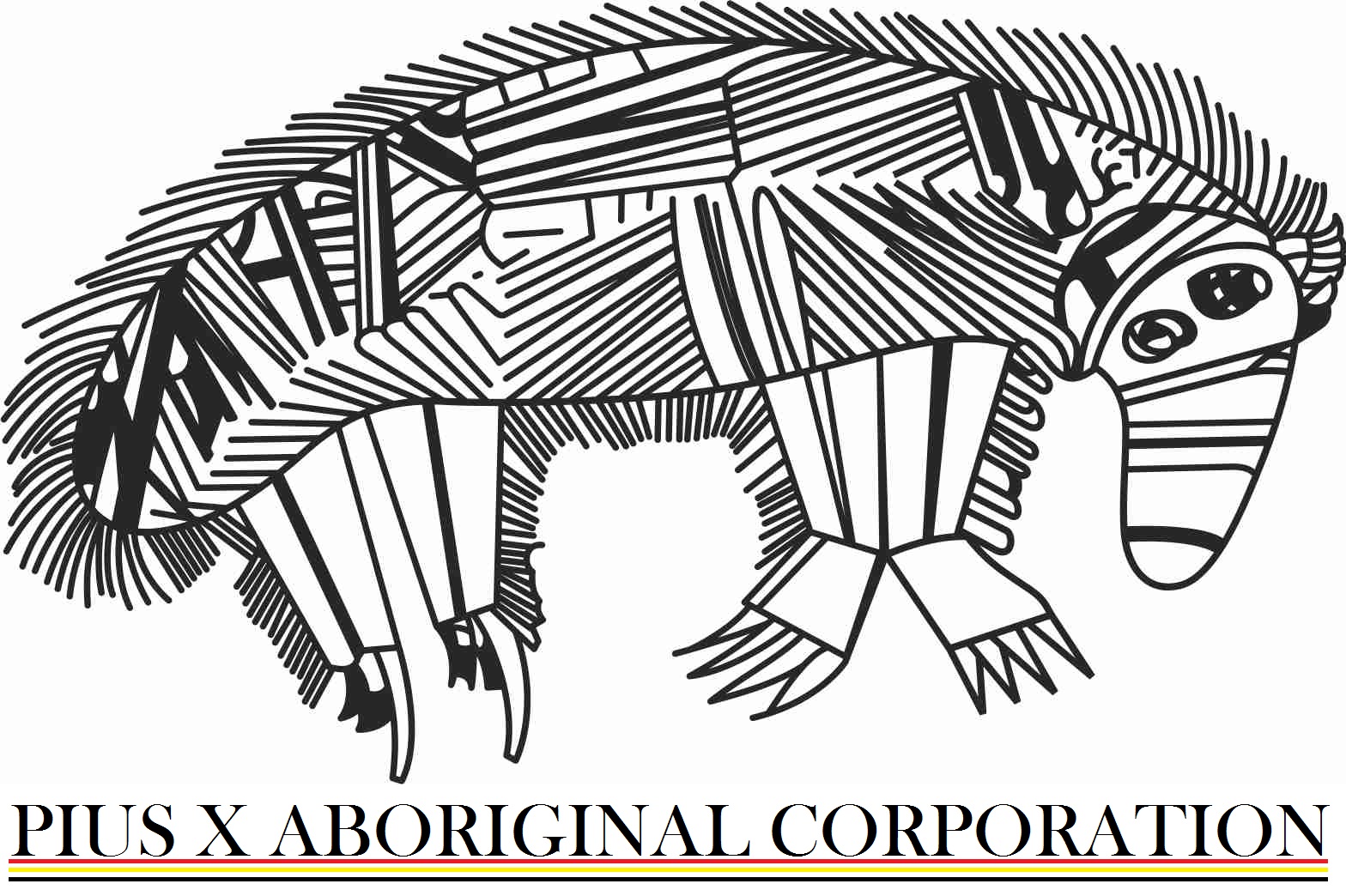
© 2025 Women's Health & Research Institute of Australia. Privacy Policy | Terms of Use | Website by Phil Kurth